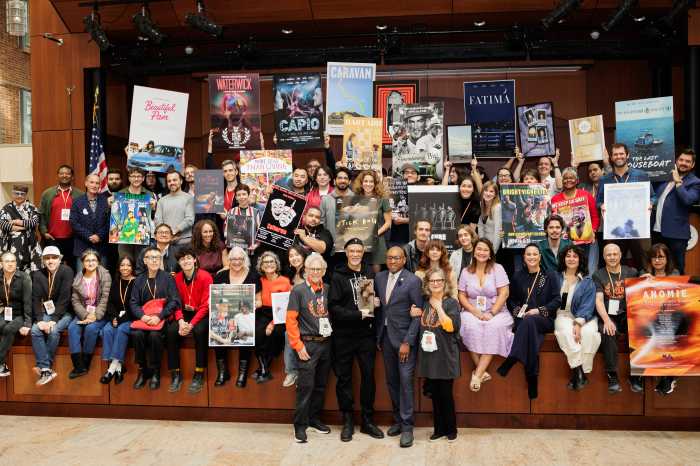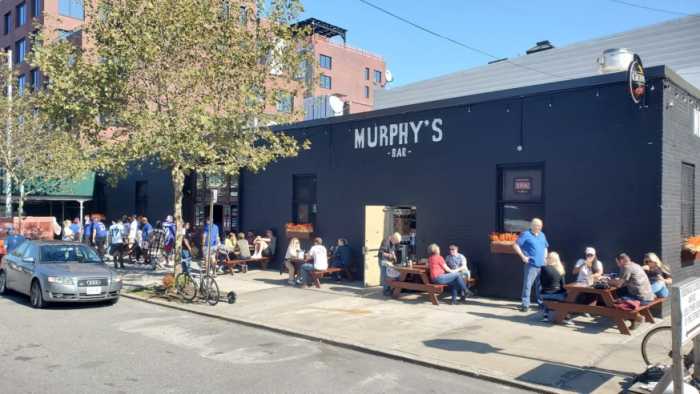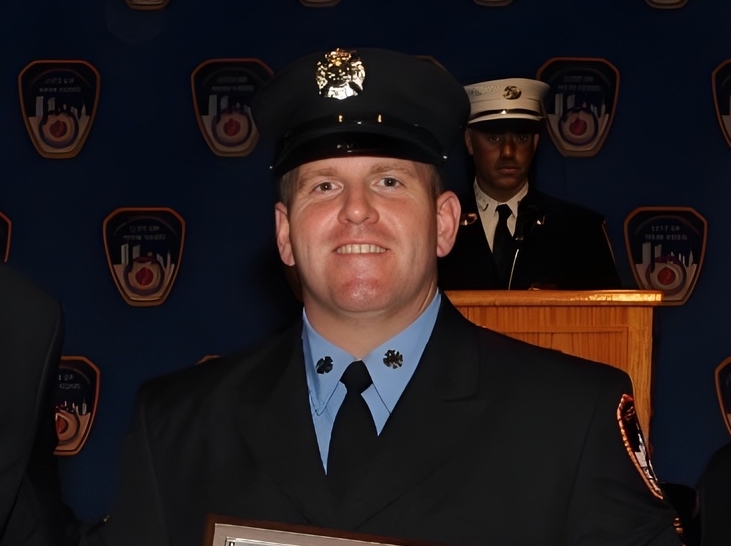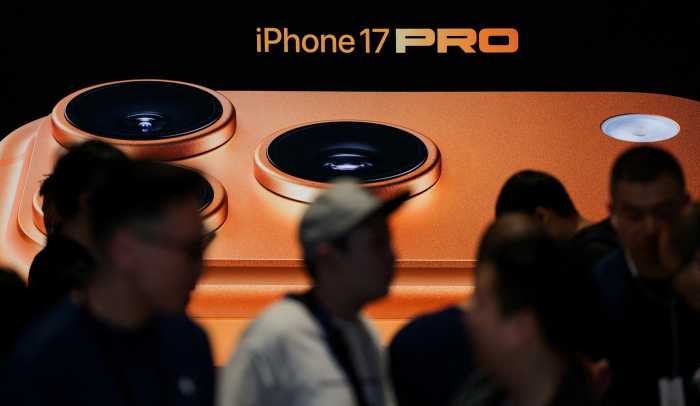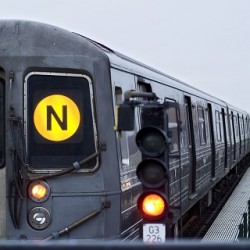 Sept. 17, 2018 By Tara Law
Sept. 17, 2018 By Tara Law
Subway commuters dealt with morning rush hour delays on almost every August weekday— and N train riders had a particularly rough time, according to a report released yesterday by public transportation advocacy group Riders Alliance.
There were delays–on at least one line in the system–during morning rush hour on every August weekday except for Aug. 23.
The N train experienced 15 delays during rush hour in August, the third most delays of any line in the city. Eight of the N train’s delays were due to signal errors and seven due to mechanical issues.
Riders Alliance, which advocates for affordable and high quality public transit, derived the delay figures by analyzing the MTA’s alert archive for the 23 workdays during August between 6 a.m. and 10 a.m.
The Alliance found that the D and R trains were tied for the most morning rush hour delays— 16. Both lines experienced 11 delays due to signal errors and five due to mechanical issues.
The L train was the only line that did not experience any delays during rush hour, the Riders Alliance said.
In a statement, the Riders Alliance urged the state legislature and Governor Andrew Cuomo to fund the MTA’s multi-billion-dollar Fast Forward plan, which would pay for 650 new subway cars and a new signal system to five lines, among other major upgrades.
John Raskin, executive director of Riders Alliance, called the end of “stop-gap measures” to fix the subway, arguing that the state should fund Fast Forward.
“Every one of those signal malfunctions throws thousands of people’s daily lives into chaos. In a functional transit system, that would be a rare event that merits an apology. In 2018 New York, it has become routine,” said Raskin.
Jaqi Cohen, campaign coordinator for the advocacy group NYPIRG Straphangers Campaign, noted that it’s been over a year since the MTA’s Subway Action Plan.
The MTA said at the time that the billion-dollar initiative would aim to reduce subway delays by improving car, signal and track maintenance, according to the project website. The MTA argued that the program would “stabilize” and “modernize” the subway system.
Cohen said that the MTA needed to give riders “assurance that subway service is getting better, not worse.”
MTA Communications Director Jon Weinstein fired back after learning of the Riders Alliance’s findings, arguing that the group’s analysis does not reveal the progress the MTA has made in the last year to reduce delays.
“The methodology of this ‘report’ provides no context whatsoever,” Weinstein said. “This oversimplification ignores the incredible progress we’ve made under the Subway Action Plan that stopped a steep decline in service and resulted in a series vital improvements. This appears to be more of a stunt than an actual serious look at service.”


